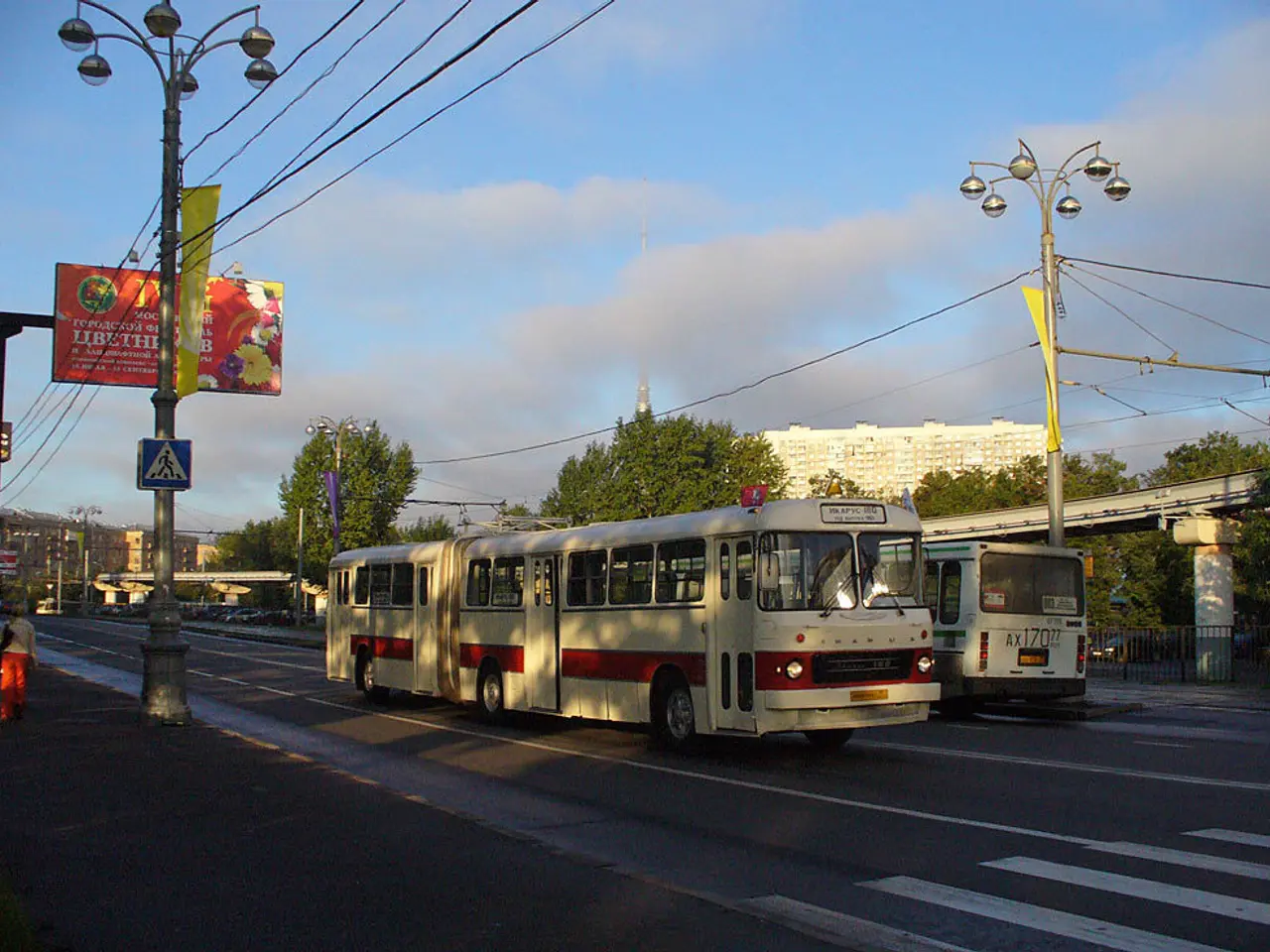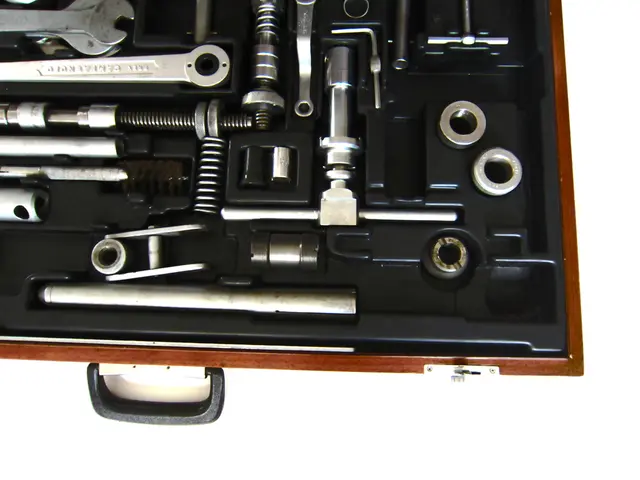Migrating Web Infrastructure by Seatwave to Cope with Surges in Web Traffic
In the dynamic world of e-commerce, keeping up with growing demand is a constant challenge. This was particularly true for Seatwave, an online secondary marketplace for buying and selling tickets to gigs, concerts, and sporting events, founded in 2006.
When ecommerce operations manager Perry Dyball joined Seatwave in 2008, the ticketing platform's infrastructure was struggling to keep pace with the increasing demand. In response, Dyball aimed to transform the cloud-hosted queuing system from a mere queuing experience to a richer browsing experience.
In 2009, Seatwave moved to a traditional hosted web infrastructure solution with a multi-tier architecture. However, the steep traffic spikes that the platform often experienced were still proving challenging for the system. An automated cloud hosting system that scales according to demand could not keep pace, leading Seatwave to seek new alternatives in 2011, as virtualization matured and cloud computing became more prevalent.
Seatwave selected PEER1 Hosting for its "agile data centre" services. The provider supplies Seatwave's infrastructure, consisting of two data centers located in Toronto and Vancouver, Canada. PEER1 Hosting uses stock-level hardware that can be added to Seatwave's environment almost on demand, ensuring quick server addition when needed.
The resilience of the infrastructure is a key feature, guaranteeing continued service even if a whole data center goes down in the middle of a major sale. The database that supports the website is replicated between each data center, with only one being live. Traffic to the infrastructure is routed through two load balancing systems - one from F5 and another from Dyn.
When demand exceeds the pre-agreed capacity, customers are directed to a cloud-hosted queueing system to wait until more capacity becomes available. To ensure a good user experience, a "stop limit" has been defined on the PEER1 infrastructure. Once this limit is reached, new customers are not added to the queue, preventing overload.
Seatwave also employs a strategy of "pre-provisioning" servers in advance of an anticipated traffic spike. This proactive approach ensures that the necessary resources are available when they are needed most.
Since these improvements, Seatwave has continued to thrive. The platform has sold over a million tickets through its marketplace, and its infrastructure is delivered from two separate PEER1 data centres simultaneously for continuous service in case of an outage. With its enhanced infrastructure, Seatwave is well-equipped to handle the peaks and troughs of the ticketing market, providing a smoother, more enjoyable browsing experience for its customers.
Read also:
- Emergency services of the future revealed by Renault with the introduction of the Vision 4Rescue vehicle.
- Artificial Intelligence Shaping Political Campaign Advertisements
- European consumers are on the brink of experiencing a significant leap forward in electric vehicle (EV) charging technology, as Chinese automaker BYD prepares to unveil its innovative advancements.
- SonicWall executive Michael Crean discusses the current state of managed security








